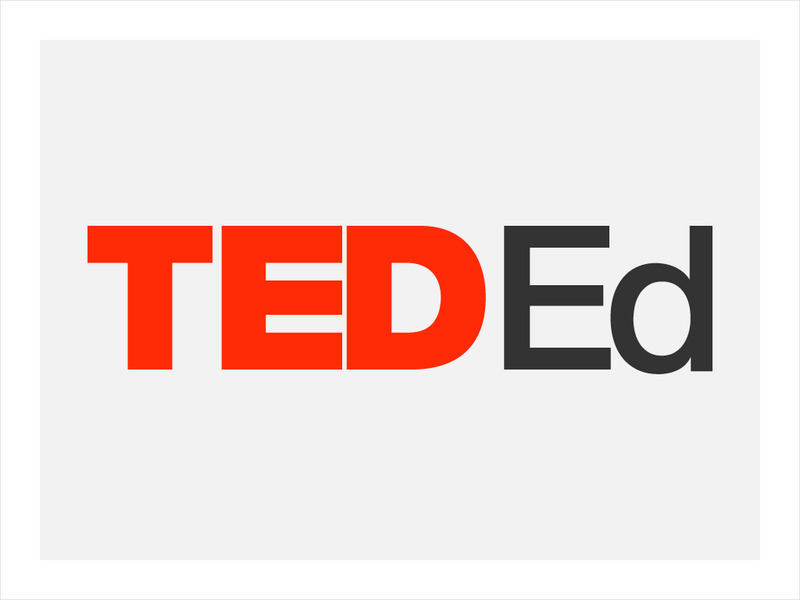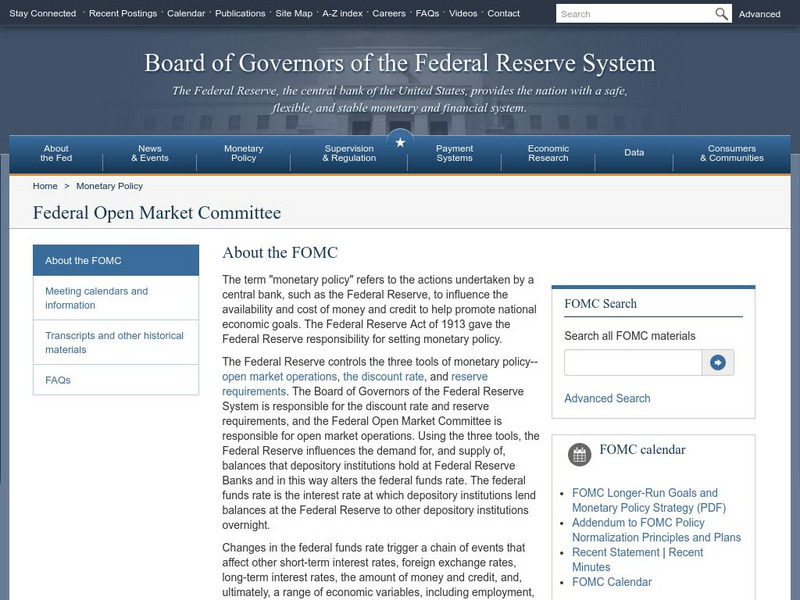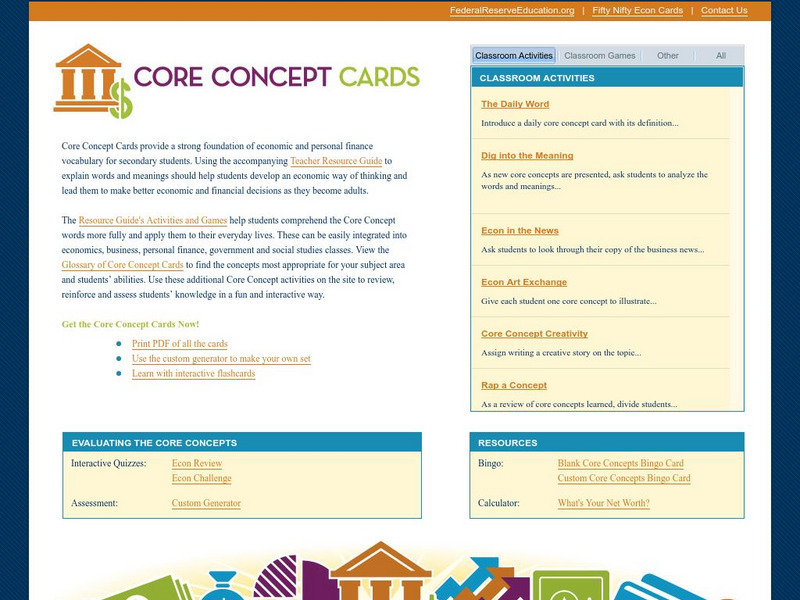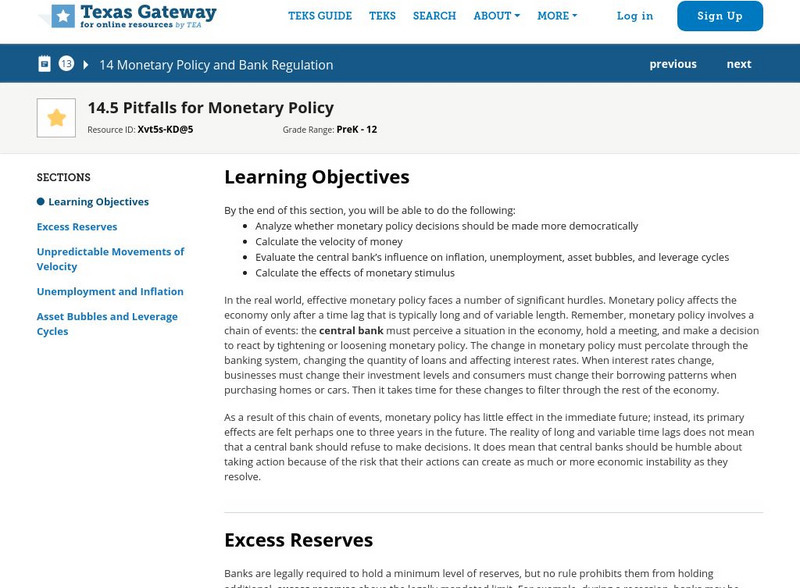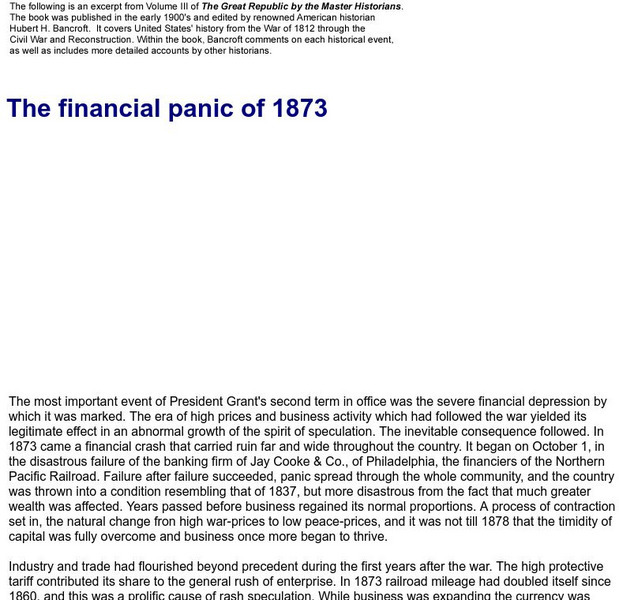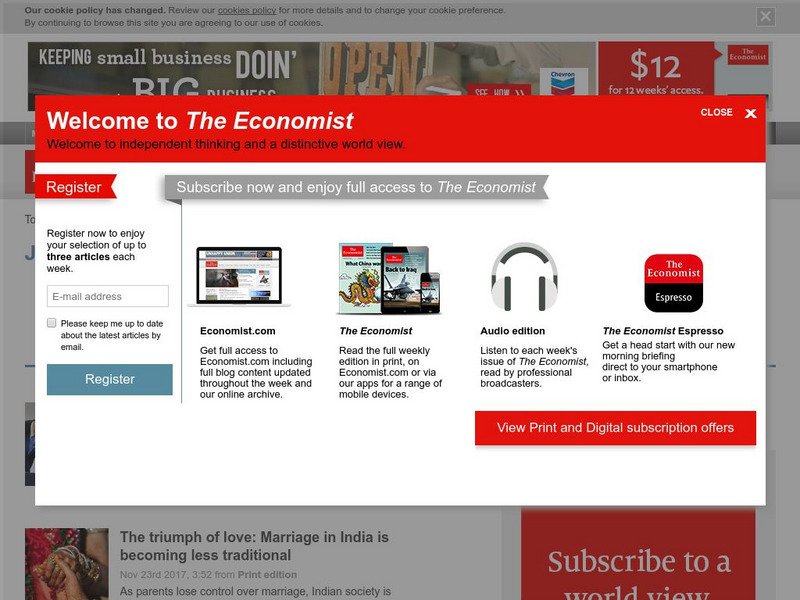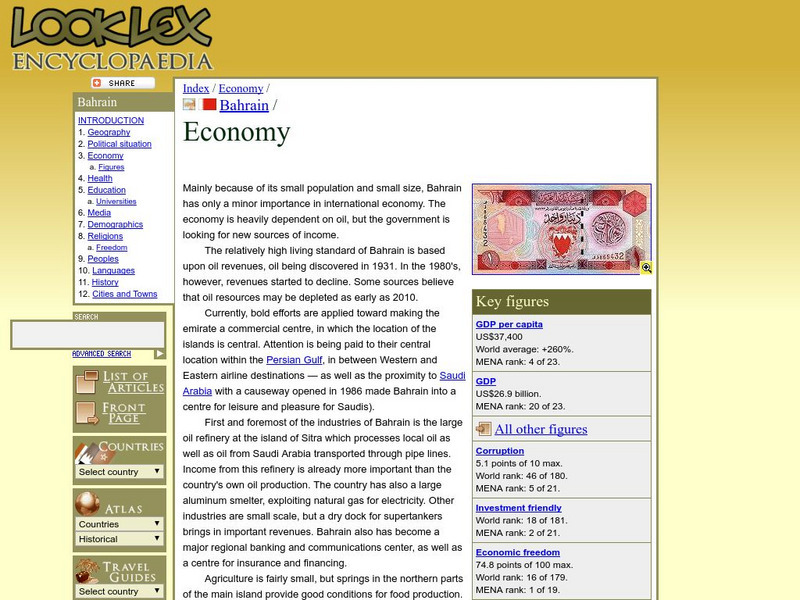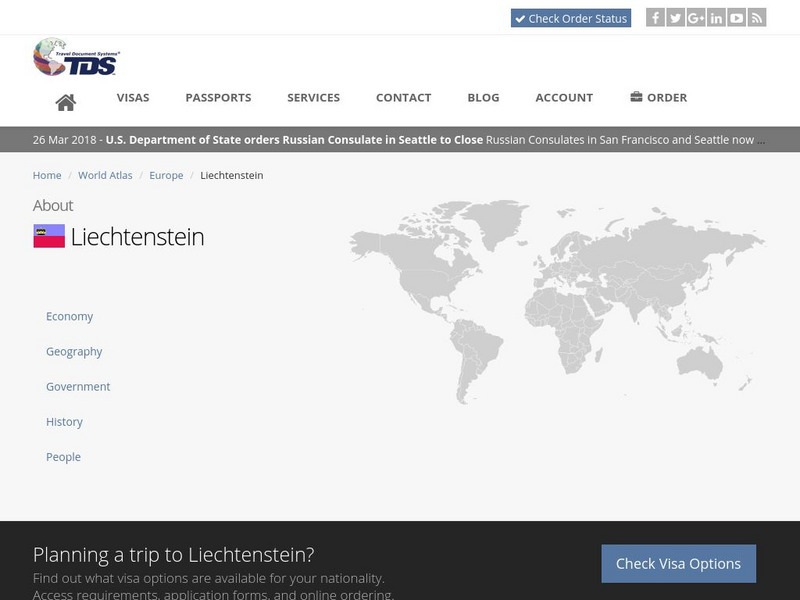TED Talks
Ted: Ted Ed: Doug Levinson: What Gives a Dollar Bill Its Value?
The value of money is determined by how much (or how little) of it is in circulation. But who makes that decision, and how does their choice affect the economy at large? Doug Levinson takes a trip into the United States Federal Reserve,...
Council for Economic Education
Econ Ed Link: This Little Piggybank Went to Market
A good lesson that conveys to young students why people work and why they keep their money in banks.
The Federal Reserve System
Federal Reserve Board: Federal Open Market Committee
This page provides information about the federal Open Market Committee and covers its structure, meeting schedule, minutes and current members of the FOMC.
Council for Economic Education
Econ Ed Link: Should I Use Cash or Credit?
This is a lesson presented by EconEdLink that delivers the dilemma of cash or credit. Includes background information, a problem-solving grid, and great questions.
Other
Federal Reserve Education: Core Concept Cards
Using Core Concept Cards is a quick way to reinforce economic and financial literacy concepts. This site offers quite a few ways to use these Core Concept Cards, including games to play with students, and interactive flash cards that...
Council for Economic Education
Econ Ed Link: Focus on Economic Data
This lesson focuses on the May 1, 2013, press release by the Federal Reserve System's Federal Open Market Committee (FOMC) on the current Federal Reserve monetary policy actions and goals, and specifically, the federal fund's rate...
Texas Education Agency
Texas Gateway: Ch. 14: Pitfalls for Monetary Policy
By the end of this section, you will be able to do the following: Analyze whether monetary policy decisions should be made more democratically; Calculate the velocity of money; Evaluate the central bank's influence on inflation,...
The Balance
The Balance: What Is a Demand Deposit?
Demand deposits are the kinds of bank accounts that most people are familiar with. This article explains what they are and how they differ from other types of accounts such as money market accounts or certificates of deposit.
Other
Columbus: Empty Bowls
In this project, participants create ceramic bowls then serve a simple meal of soup and bread. Guests choose a bowl to use that day and to keep as a reminder that there are always "empty bowls" in the world. In exchange for a meal and...
PublicBookshelf Corporation
The Financial Panic of 1873
This excerpt from The Great Republic by the Master Historians, published in the early 1900s, provides a near-contemporary discussion of one of the many financial panics, depressions, and bank runs that plagued the American economy in the...
The Economist
The Economist: Country Briefings: Japan
A profile of Japan that includes links to recent articles about Japan from the "Economist," the influential newspaper of worldwide business and economic affairs. Includes a page of basic facts about the country (population, major exports...
University College London
University College London: Internet Resources on Poland
A complete look at the country of Poland from the School of Slavonic and East European Studies. There are links to government officials information, elections, news, and culture. An excellent resource for your research on Poland.
Khan Academy
Khan Academy: Comparing Gdp Among Countries
GDP per capita is GDP (Gross National Product) divided by population. Since GDP is measured in a country's currency, in order to compare different countries' GDPs, we need to convert them to a common currency. One way to compare...
Khan Academy
Khan Academy: How Rising or Falling Interest Rates Might Affect You
Content brought to you by our partner, Better Money Habits. Explains interest rates as related to personal finance by actions of the Federal Reserve Bank.
Other
Investment Company Institute
A site to educate the public about the investment company business, encourage investment companies to operate by the highest ethical standards, and promote the interests of fund shareholders.
University of Nebraska Omaha
University of Omaha: Why We Save [Pdf]
Why do people need to save money? This lesson plan is geared for Kindergarten through 2nd grade and helps young scholars understand the reasons for saving.
Other
Credit Card Info Center
Many good articles on credit cards. Topics include: lists of credit cards, fine print in agreements, customer service reps, errors and overchargers, fraud, and more.
University of Toronto (Canada)
Answers and Explanations Simple and Compound Interest
If a bank account produces "simple interest", the interest is paid directly and does not become part of the account's interest-bearing balance. That balance remains constant, and it's easy to figure out how much money you earn. This site...
PBS
Pbs Learning Media: Primary Source Set: The Panic of 1837
This collection uses primary sources to explore the Panic of 1837.
Other
Look Lex Encyclopedia: Bahrain: Economy
This informative article talks about Bahrain's economy and how the country is looking to diversify from oil into other ways of making money. A chart gives you some quick facts.
Travel Document Systems
Tds: Liechtenstein: Economy
Find out about the industrialization of Liechtenstein's economy and its relationship with Switzerland. A chart gives quick facts about the economy as a whole. From the U.S. State Dept. Background Notes.
English Club
English Club: Vocabulary: Cloze Games: Business 1
Choose from a word bank to complete ten sentences about terms related to money. Hints are available if needed, and a percentage score is displayed once answers are submitted.
Independence Hall Association
U.s. History: The New Tycoons: J. Pierpont Morgan
J. Pierpont Morgan was not business tycoon who made his money from manufacturing. Read about how he accumulated wealth, how he helped the government through some economic panics, and why the government took him to court.
Consumer Financial Protection Bureau
Consumer Financial Protection Bureau: Storing My Savings
Students read descriptions of common places to store their money and weigh the benefits and risks of each to decide which one(s) fit their financial goals.
